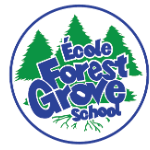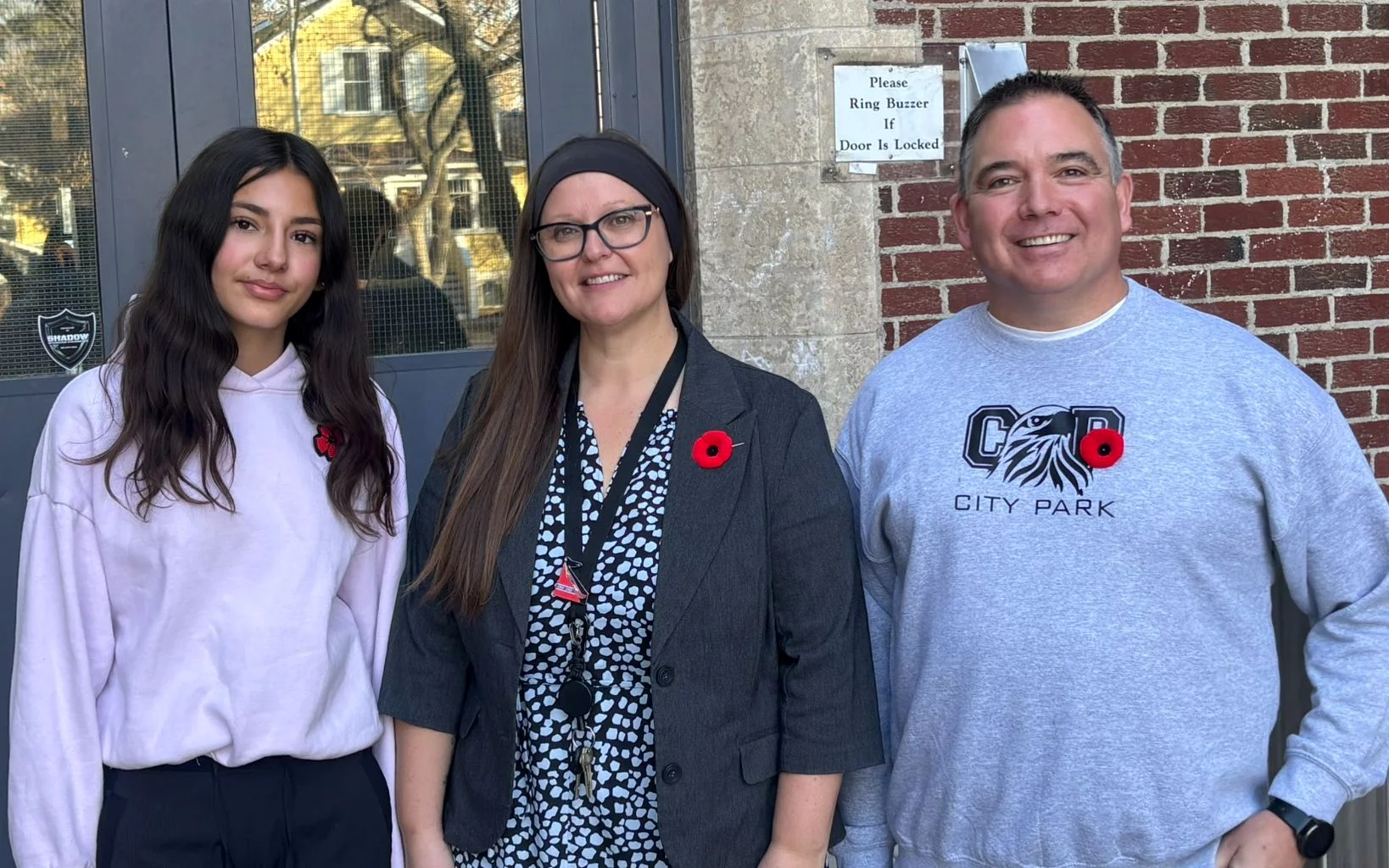Learning outside the classroom
This fall, City Park School's vice principal, Amber Nikolaisen, and physical education teacher, Brad Smith, shared some insights about what learning outside the classroom looks like for Saskatoon Public Schools.
The conversation sparked from a recent excursion to the Skate Canada School Program at SaskTel Centre. City Park was one of my many SPS schools that sent classes to the event. As one of the teachers that took part, we asked Mr. Smith what he hoped students would gain from the experience.
He says: "The intent of the Skate Canada School Program is to give students the opportunity to observe world class athletes—to be inspired by their excellence. And to see firsthand what commitment to a craft can look like. It’s one thing to tell your students what their commitment and dedication can do; it’s quite another to witness it."
Naima, a Grade 8 student at City Park, says she found that to be true for her. A soccer player herself, she found it inspiring to see athletes performing at such a high level. She found that observing world class athletes allowed her to consider athleticism differently than before.
Mr. Smith says sometimes families might not realize that excursions like this one actually build on learning that's taking place in the classroom. There is a requirement for teachers to connect learning that takes place inside and outside the classroom space. In the Skate Canada case, he considered - as a physical education teacher - how the experience would connect with curriculum related to active living, lifelong learning, skillful movement, and the impact that sport can have on society and its ability to bring people together.
When determining field trips for our students at SPS, teachers look for experiences that:
- Reinforce topics in the current curriculum – e.g. a trip to the Western Development Museum during a unit on Canadian history.
- Provide hands-on or real-world applications – e.g. science centre visits, environmental field studies.
- Support arts, culture, or citizenship outcomes – e.g. things like theatre performances, cultural centres, civic buildings.
Ms. Nikolaisen says there are other considerations to look at too, such as:
- Age appropriateness: Teachers select trips that are developmentally suitable for the age group. Those are likely to keep students engaged, curious, and active participants.
- Cost and accessibility: The need to look at admission and transportation costs—we won’t do trips that would present a financial barrier for families.
- Safety and logistics: Do the sites have necessary facilities like bathrooms and areas to take a lunch break? Are adult-to-student supervision ratios met?
Ms. Nikolaisen adds: “Of course, there are those excursions that are celebratory too—like those outings planned for year-end.”




